In Idaho, the salmon are more than just a fish; they’re a vital part of the ecosystem. Known as a keystone species, salmon have this incredible role in maintaining the balance of their habitats. When they’re thriving, everything from other fish species to the bears and birds that feed on them can flourish too.
Important: After reading this article, please watch the video at the bottom of this page for more information about what Idaho is doing to save the salmon population.
The ripple effect of salmon health stretches far beyond the water. On land, trees and plants benefit from the nutrients these fish bring back from the ocean. Scientists have found that the organic material salmon leave behind after spawning can actually nourish the forest, helping different species thrive.
For many Indigenous communities in Idaho, salmon have always been central to their culture and way of life. They symbolize resilience and renewal, featuring prominently in local traditions and practices. The relationship is deep-rooted, with salmon being not just a source of food but a part of their spiritual and cultural identity.
Salmon also bolster the local economy. Fishing, both recreational and commercial, brings in significant revenue. Additionally, healthy salmon runs attract tourists and create jobs in related sectors, from guiding services to hospitality. Without these fish, local businesses and livelihoods could be at risk.
Identifying Challenges to Salmon Survival
Salmon in Idaho face a whole bunch of challenges that are putting their survival at risk. One biggie is the loss of natural habitat. As cities grow and developments pop up, these fish lose the places they need to spawn and grow.
Climate change isn’t doing them any favors, either. Warmer water temperatures can really mess with their life cycle, affecting everything from their growth to their ability to find food. It’s tough out there when every degree counts.
Overfishing adds another layer of pressure. While some regulations are in place, it’s a complex issue that requires balance — ensuring fishermen can still work while protecting salmon numbers so they don’t get depleted.
Pollution is another heavy hitter against salmon populations. Runoff from farms and industries brings in pollutants that can be harmful, disrupting their habitats and affecting their health. Tackling this involves a mix of policy and practical solutions to reduce these harmful effects.
Effective Strategies for Salmon Conservation
Idaho is home to several strategies aimed at conserving salmon, ensuring they don’t just survive but thrive. Government policies play a big role here, setting up protected areas and introducing rules to safeguard these vital habitats. It’s about creating spaces where salmon can breed and grow without disturbances.
Grassroots efforts from local communities have proven equally significant. These initiatives often involve volunteers working on river clean-ups and habitat restoration projects. Celebrating numerous wins, these community-led programs show how locals can impact salmon conservation directly.
On the tech front, innovation is key. New methods in habitat restoration, like strategically placed woody debris or engineered log jams, mimic natural environments to support salmon population growth. Technology also helps in tracking and monitoring salmon to better understand migration patterns and adjust conservation strategies accordingly.
Sustainable fishing practices can’t be overlooked when it comes to saving salmon. By ensuring fishing is done in a way that doesn’t harm the ecosystem, including setting limits and improving techniques, it’s possible to keep the balance between human needs and the environment.
Engaging Communities in Salmon Preservation Efforts
Getting communities involved in salmon preservation is crucial for lasting change. Educational programs are popping up all over Idaho, aiming to inform and inspire folks about the importance of preserving these remarkable fish. Schools and workshops offer hands-on experiences, turning learners into passionate advocates.
Partnerships with Indigenous tribes have also proven to be a game-changer. Collaborating on conservation projects, these partnerships harness traditional knowledge and modern techniques to enhance preservation efforts. It’s about respecting and blending different ways of knowing to get the best results.
Eco-tourism provides another exciting avenue. By promoting experiences like river tours and salmon watching, local businesses can benefit economically while raising awareness and support for salmon-friendly policies. People are often more protective of things they’ve personally connected with; seeing salmon in their natural habitat can be a game changer.
Empowering citizens with practical actions is equally important. Simple steps like using environmentally friendly pesticides and fertilizers, reducing water usage, or participating in local clean-up activities make a huge difference. When individuals take these measures, the collective effort leads to significant improvements in salmon survival.
“Idaho’s salmon are facing extinction. Congressman Mike Simpson says the only way to save these ocean-going fish is to breach the four lower Snake River dams, all located in the state of Washington. His proposal has generated both condemnation and praise. Outdoor Idaho explores one of the most controversial and consequential issues facing the Northwest.”
Below, is a very interesting and well done video from the show “Outdoor Idaho” explaining the problems have with keep the salmon population alive. Thank you to Outdoor Idaho for this contribution to my website.
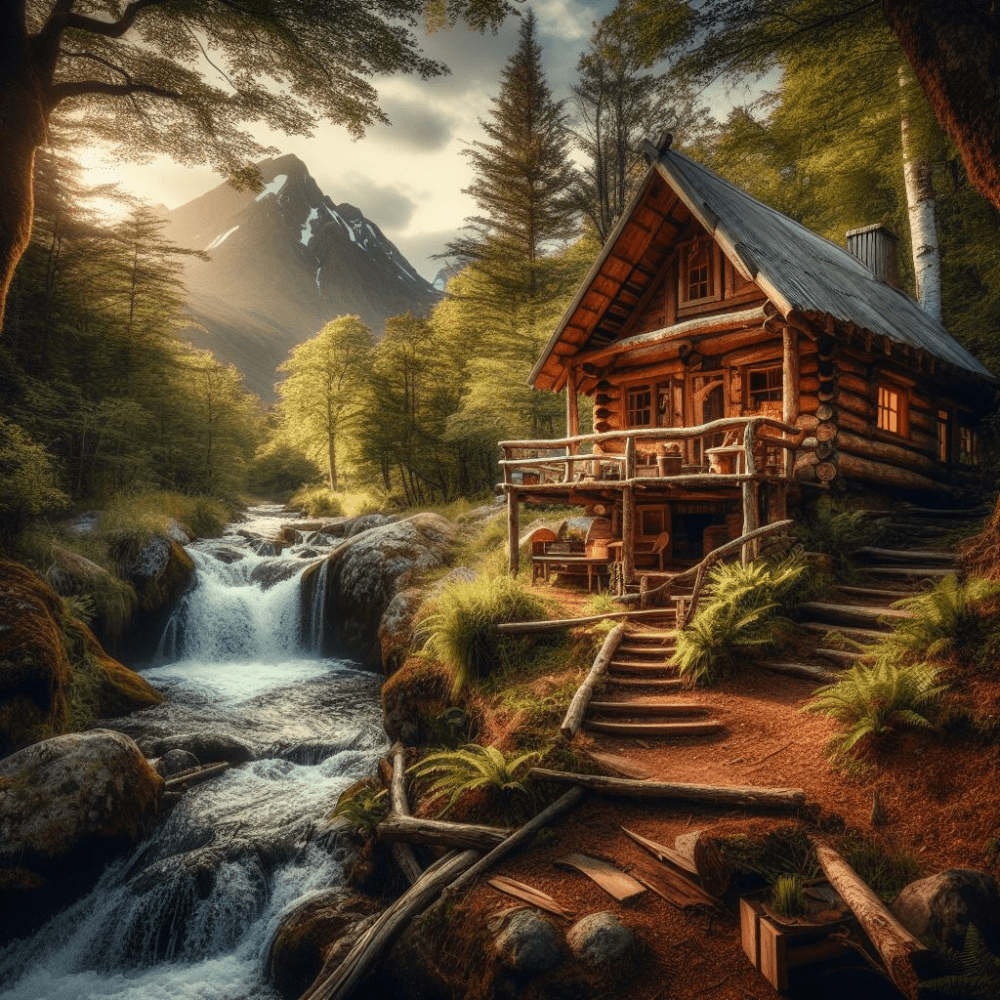
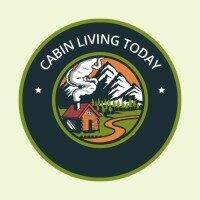
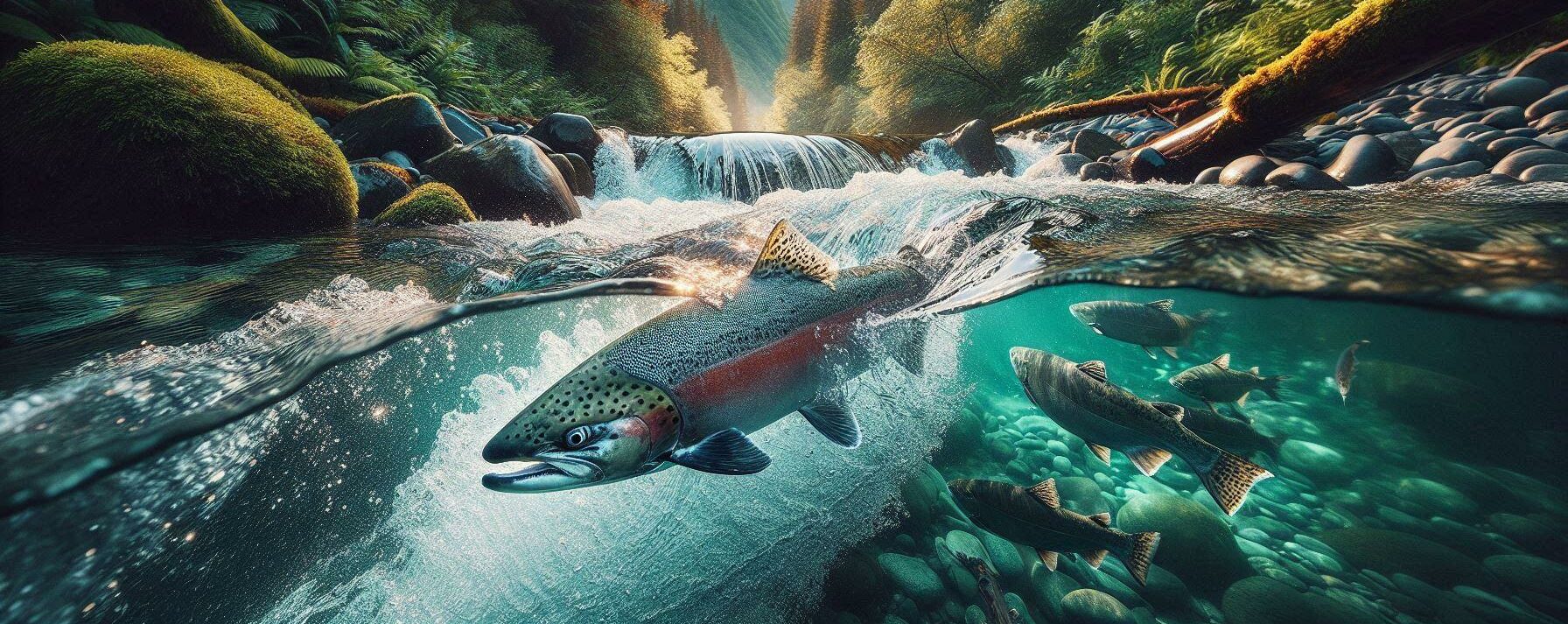
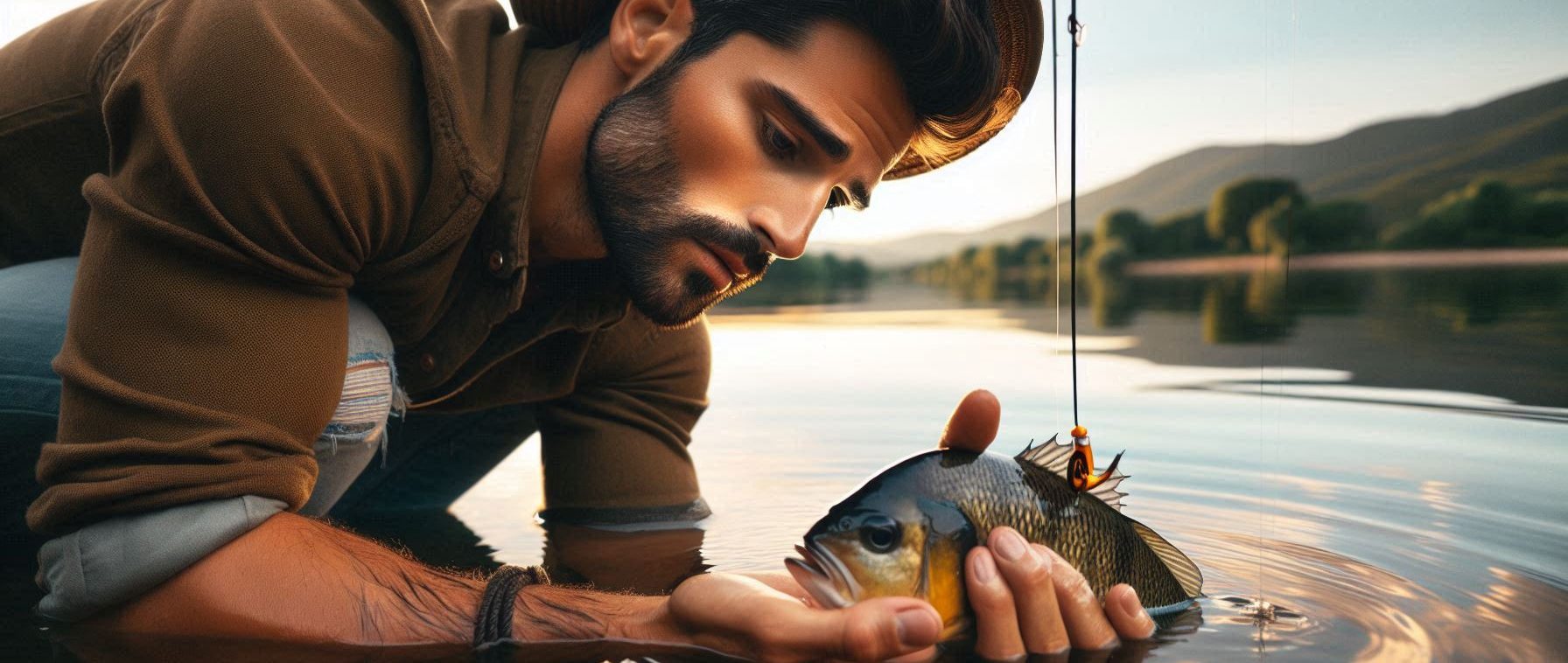
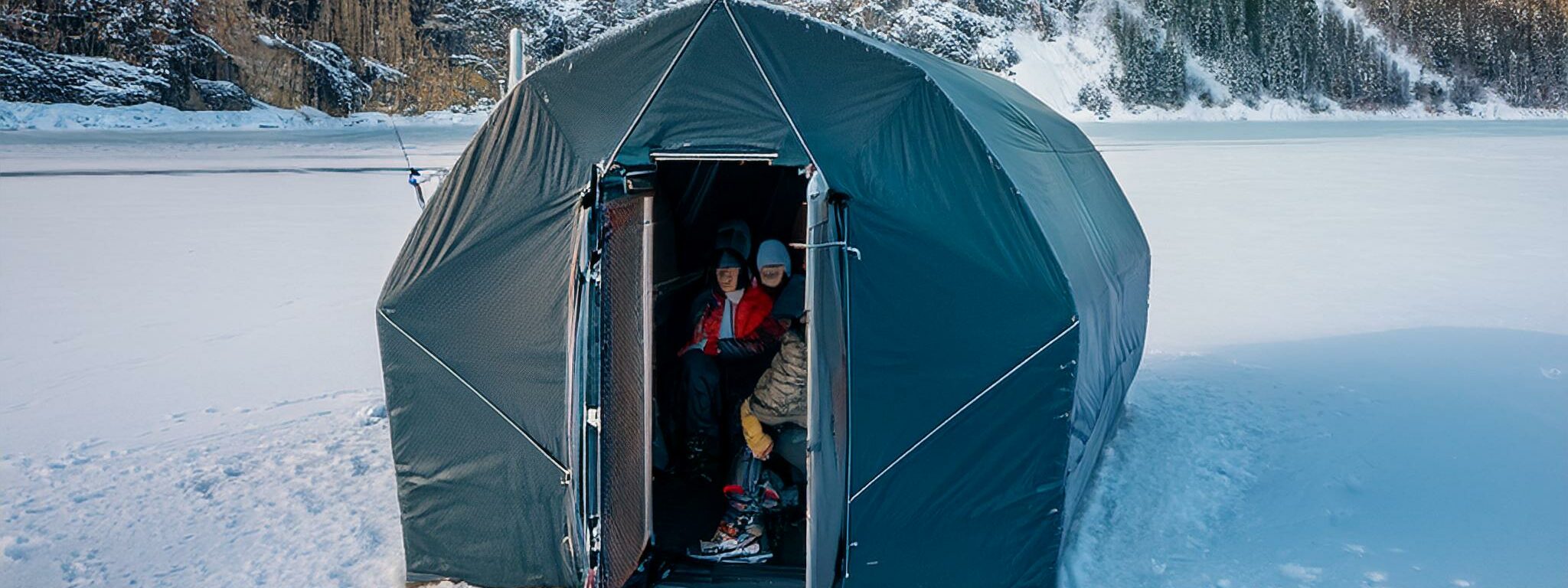
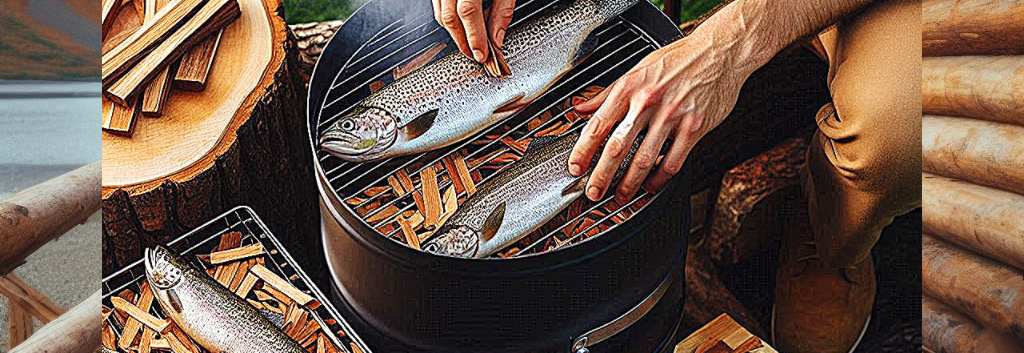
This post does an incredible job highlighting the importance of salmon in Idaho’s ecosystem and economy. I really appreciated the detailed breakdown of the challenges these fish face, from habitat loss to climate change—it’s a stark reminder of how interconnected our environment is. The focus on community involvement and partnerships with Indigenous tribes is especially inspiring, showing how collaborative efforts can make a difference. The mention of innovative conservation strategies, like engineered log jams, is fascinating and gives hope for future restoration efforts. Thanks for shedding light on such an important topic and sharing ways we can all contribute to preserving these amazing fish!
-Maksim V 🙂
Thank you, Maksim. I appreciate your comments.
Mike Powers
Cabin Living Today.com